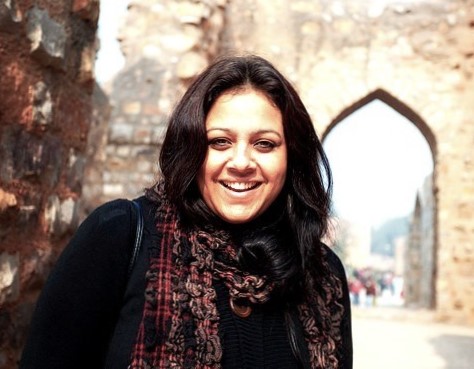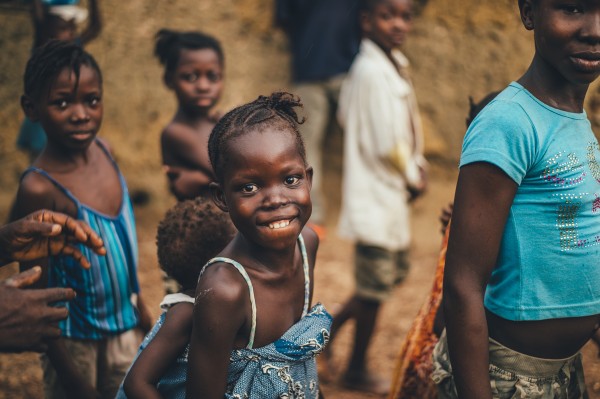The Sub-Saharan’s largest economy struggles for quality water supply and proper sanitation. Ironically, 17 of Nigeria’s 36 states are named after rivers.
As many as 57 million people in Nigeria do not have access to safe water. According to WHO, safe drinking water remains accessible to only 19% of Nigeria’s population.
The country has one of the highest child death rates from water-borne diseases in Africa. An estimated 124,000 children under the age of 5 die each year from unsafe water and no sanitation. The troubling fact is that these untold sufferings are from preventable waterborne diseases like diarrhea, typhoid, respiratory infection
Lack of private toilet and proper hand washing facilities in schools affects students’ education. Insufficient amenities affect enrolment and attendance, and impact performance of students, especially girls.
The picture of rural and urban areas in Nigeria also looks contrasting. The distribution of water supply is uneven, with 82% of people in urban areas and 54% of people in rural areas receiving basic supply.
The water services in rural areas are declining and for urban areas, these services come at unaffordable prices. Lack of infrastructure in rural areas and poorly regulated governmental frameworks in urban areas act as additional roadblocks. Nigeria’s largest city, Lagos has it’s 21 million residents struggling for safe water for drinking and sanitation. U.N estimates suggest that only 10% of the population get access to water supplied by the state utility provider.
Rural women travel more than 2 miles to get water from undrinkable ponds and unprotected wells that are susceptible to germs and in many cases, shared jointly by livestock. During rains, matters worsen as the journey to the water bases turns slippery and becomes more difficult.
Speaking to WaterAid, 60-year old Alti Sale, a Nigerian citizen says, “We were only able to collect one bucket of water as we would slip and the bucket would fall and the water would spill. We would have to go back to the river.” It’s initiatives like WaterAid that have proved to be a boon for women like Alti, who now have access to safe drinking water.
WaterAid Nigeria launched the 2016-2021 country programme strategy with the intention of providing access to safe water, sanitation and hygiene for everyone everywhere by 2030. Other projects like USAID’s new water and sanitation project aims to improve the health and hygiene conditions of the people residing in the states of Kaduna and Bauchi. UNICEF remains a key ally in helping millions gain access to improved water services and sanitation. Through its programs, UNICEF is supporting
Surely, such efforts to improve water quality have produced positive results but much still remains to be accomplished.
Government authorities (federal, state and local) need to tighten regulations to monitor water quality in Nigeria. More awareness among citizens (especially rural areas) could increase public participation in water supply schemes and improve the water quality in Nigeria.
Originally published at community.globalcitizen.org


